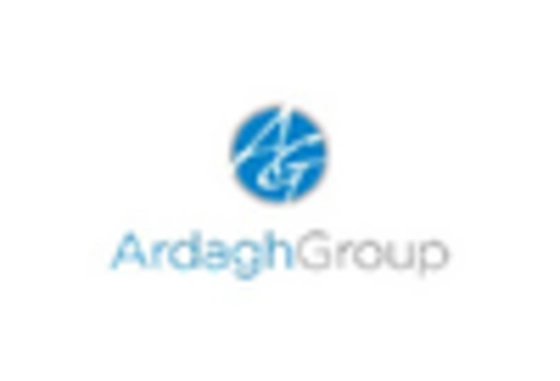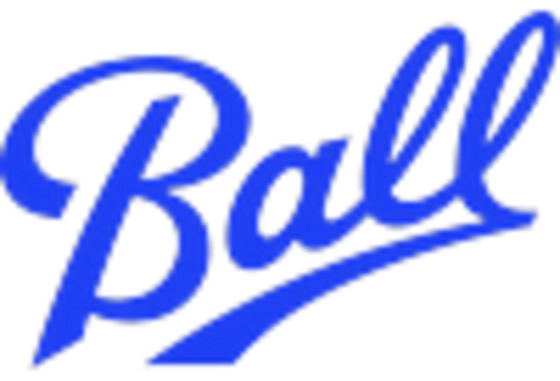Market Share
Alcohol Packaging Market Share Analysis
The dynamic and competitive Alcohol Packaging Market shapes the perception and customer experience of alcoholic drinks. This industry relies on market share positioning techniques to create a brand's consumer base and compete with other competitors. Differentiation via packaging innovation is widespread. To stand out on shelves, companies spend in innovative designs, materials, and functions. Creative bottle forms, label designs, and packaging materials may boost product aesthetics and value.
Sustainability is another important Alcohol Packaging Market share factor. Environmental awareness is driving customer preference for eco-friendly products. Companies using sustainable packaging materials and methods help the environment and attract more mindful consumers. This method can boost brand loyalty and provide you a market edge. Thus, many firms are investing in R&D to produce new and sustainable packaging solutions that meet customer needs and environmental concerns.
Alcohol Packaging Market price positioning is also important. Some organizations invest in high-quality materials, elaborate designs, and premium finishes to market their products as premium. This makes the brand a symbol of luxury and exclusivity, attracting people prepared to spend more for better products and packaging. However, other organizations lead in cost by employing efficient manufacturing techniques and cheap materials. This lets businesses provide affordable items to a wider audience and gain market share.
In addition to distinctiveness, sustainability, and price placement, strategic alliances and collaborations affect Alcohol Packaging Market share positioning. Companies typically partner with beverage producers or other supply chain partners to boost market share. These collaborations might result in innovative packaging or co-branded items that provide customers value. Companies may obtain market exposure and a competitive edge by partnering with well-known brands or influencers.
Geographic location is also important in alcohol packaging market share tactics. Tailoring packaging and marketing to particular markets requires understanding regional preferences, restrictions, and cultural subtleties. Localizing packaging to target audiences builds brand loyalty and market share in each country.

















Leave a Comment